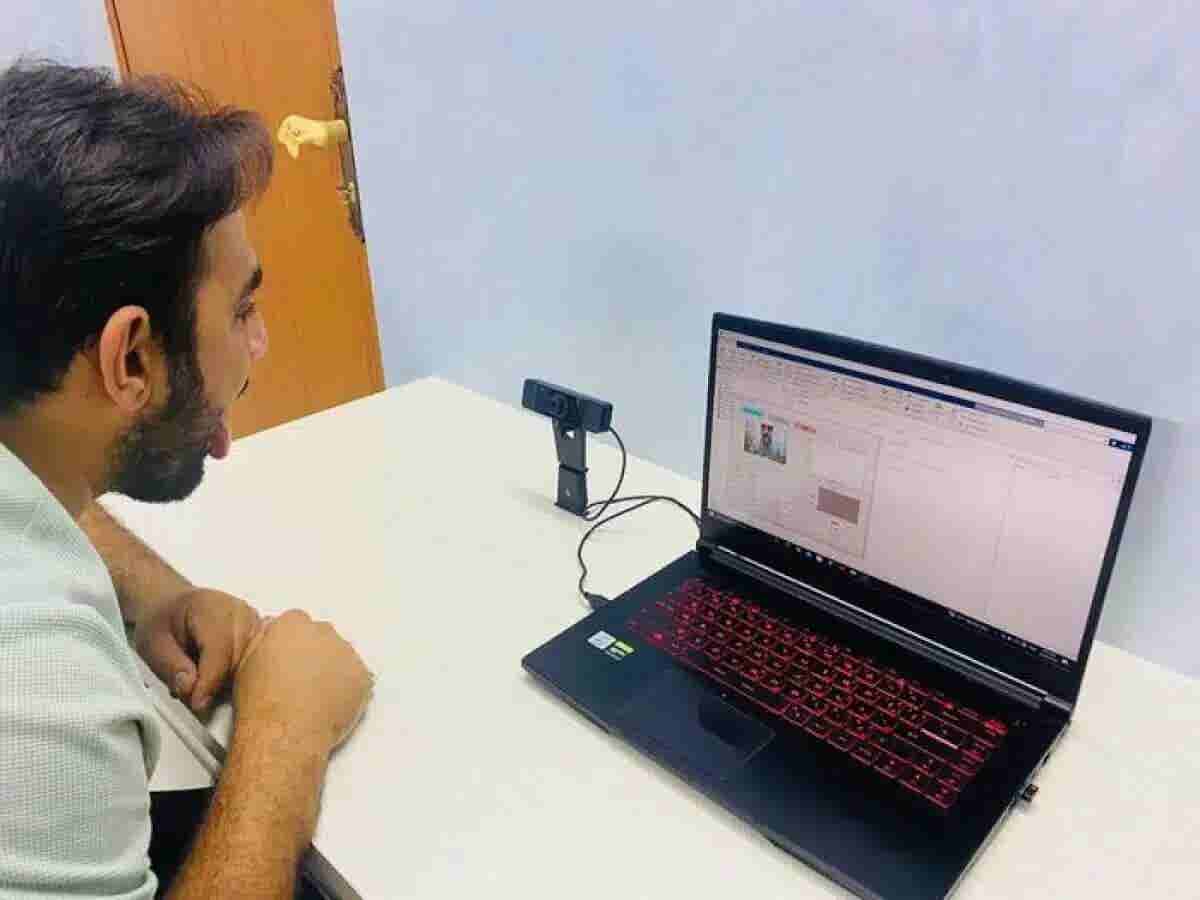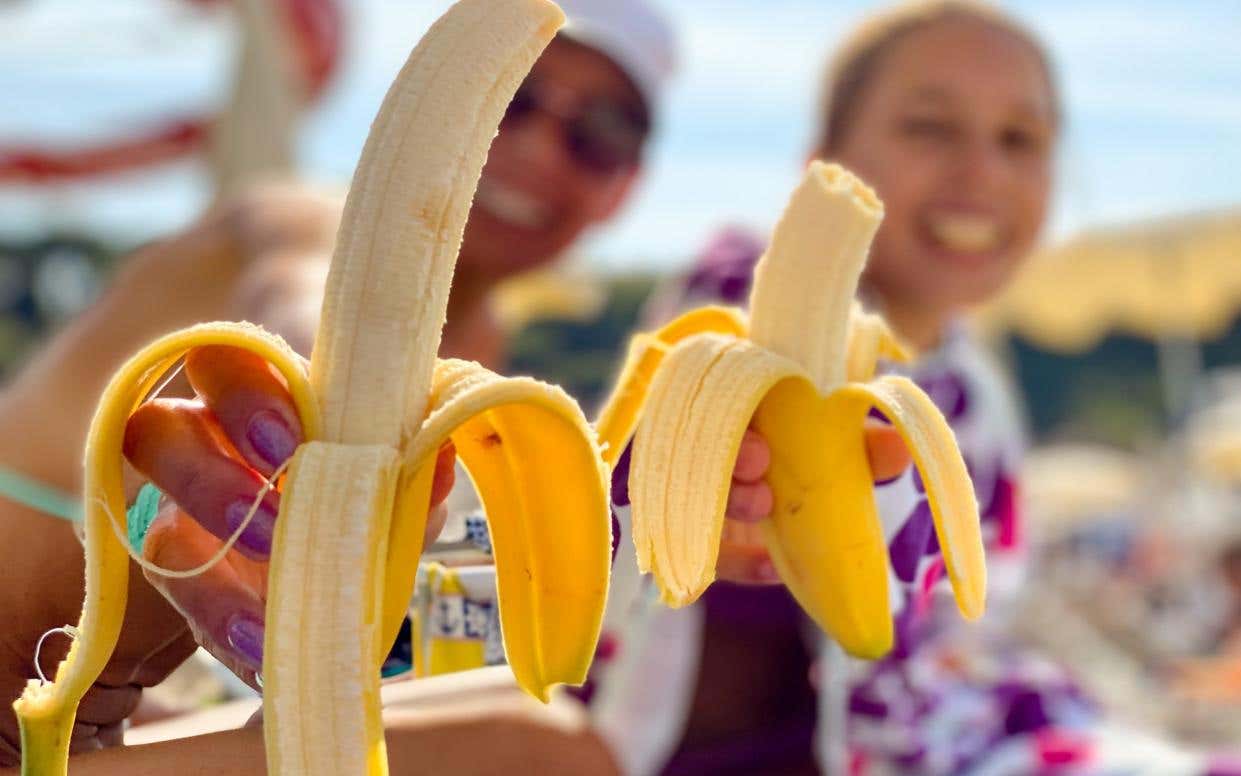Breakthrough AI detects diseases with 98% accuracy via tongue scans
AI-powered algorithm has achieved an impressive 98% accuracy in predicting various diseases by analyzing the color of the human tongue.

A researcher demonstrates how a camera captures images of the tongue and analyzes it for disease. (CREDIT: Middle Technical University)
A groundbreaking computer algorithm has achieved an impressive 98% accuracy in predicting various diseases by analyzing the color of the human tongue. This innovative imaging system, developed by researchers from Iraq and Australia, can diagnose conditions such as diabetes, stroke, anemia, asthma, liver and gallbladder issues, COVID-19, as well as a range of vascular and gastrointestinal problems.
The breakthrough emerged from collaborative efforts between Middle Technical University (MTU) and the University of South Australia (UniSA). In a series of experiments, they trained machine learning algorithms to detect tongue color using 5,260 images.
The data for the study was gathered with the help of two teaching hospitals in the Middle East, which provided 60 tongue images from patients with various health conditions. Remarkably, the AI model was able to match tongue color with the correct disease in nearly all cases.
A recent paper published in Technologies highlights how this system analyzes tongue color to deliver instant diagnoses, demonstrating that AI is rapidly advancing in the medical field. Ali Al-Naji, the senior author of the study and an Adjunct Associate Professor at both MTU and UniSA, explains that AI is essentially modernizing a practice that has been used for over 2,000 years in traditional Chinese medicine—examining the tongue for signs of disease.
"The color, shape, and thickness of the tongue can reveal a wide range of health conditions," Al-Naji notes. "For instance, people with diabetes often have a yellow tongue, cancer patients might show a purple tongue with a thick greasy coating, and those who have suffered an acute stroke typically present with an unusually shaped red tongue."
He continues by detailing other indicators: "A white tongue can be a sign of anemia; a deep red tongue is often seen in severe COVID-19 cases; and an indigo or violet-colored tongue may suggest vascular and gastrointestinal issues or asthma."
During the study, researchers positioned cameras 20 centimeters from patients' tongues to capture their color, allowing the imaging system to predict health conditions in real time. This approach provided immediate results, confirming the potential for AI to revolutionize diagnostics.
Looking forward, UniSA’s Professor Javaan Chahl, a co-author of the study, envisions even greater accessibility. "In the future, we believe a smartphone could be used to diagnose diseases in this way," Chahl says. "These findings confirm that computerized tongue analysis is a secure, efficient, user-friendly, and affordable method for disease screening, combining the reliability of modern technology with the wisdom of an ancient practice."
This research underscores the growing importance of AI in healthcare, offering a glimpse into how technology might soon enable quicker, more accessible diagnostics. As the technology continues to develop, it may not be long before a simple glance at your smartphone could help identify serious health issues, providing a crucial tool for early intervention and treatment.
Note: Materials provided above by The Brighter Side of News. Content may be edited for style and length.
Like these kind of feel good stories? Get The Brighter Side of News' newsletter.
Joseph Shavit
Head Science News Writer | Communicating Innovation & Discovery
Based in Los Angeles, Joseph Shavit is an accomplished science journalist, head science news writer and co-founder at The Brighter Side of News, where he translates cutting-edge discoveries into compelling stories for a broad audience. With a strong background spanning science, business, product management, media leadership, and entrepreneurship, Joseph brings a unique perspective to science communication. His expertise allows him to uncover the intersection of technological advancements and market potential, shedding light on how groundbreaking research evolves into transformative products and industries.



